Introduction:
On 13th February 2025, Prime Minister Modi of India and President Donald Trump of the USA met in Washington DC. The discussions between the two leaders were on a wide range of topics - trade, tariffs, the Russia-Ukraine war, and illegal immigration. Trump suggested a sale of F-35 aircraft, among other defence equipment, to India. This raised several questions for analysts in New Delhi. Should India acquire the F-35? What are its benefits, If any? Can the money be better invested elsewhere for more effective substitutes?
The F-35 is, without a doubt, the most advanced fighter jet ever produced. It has unmatched capabilities in terms of stealth, electronics, sensors, information collection, and network capabilities. It excels in terms of situational awareness, data collection, and weapons flexibility. It is an excellent aircraft to have, albeit under certain conditions. It is important to understand two things here - the role that the F-35 was designed to serve, and the threat that India faces in case of war.
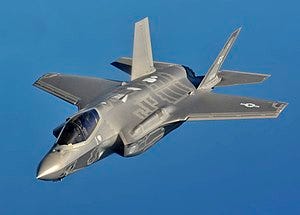
When put together, these two factors make the potential F-35 sale a negative proposition. It is important to see why, and this will be explained below:
India’s Threat Model:
For India, the possibilities of War is most likely on two different frontiers:
The Indo-Tibetan Border,
The Indo-Pakistan Border.
In such a scenario, The Indian Air Force has two primary aims:
Rapidly achieve absolute control over Indian, Bhutanese, Nepali, and Bangladeshi Airspace to ensure they cannot be used against India,
Contest the airspaces of its adversaries, which in realpolitik terms are Pakistan and China. The IAF should have the capability to contest the airspace over Tibet. Due to the PLAAF's superiority in terms of numbers, the IAF must destroy Chinese airbases and other military infrastructure in the region, forcing a diversion of resources to fix them. The IAF should also be able to assert air superiority over Pakistan. The annihilation of Pakistani and Chinese military infrastructure has to be in tandem with a massive missile bombardment, which lies under the purview of the Strategic Forces Command. In that sense, this needs to be a joint strike operation, with a higher emphasis on guided drones. Fighters should be a tool of last resort, and only be used for dogfights. Due to the short flight times between the two, any air combat along the Indo-Pak border will devolve into a dogfight, as seen after the Balakot Airstrikes. Both China and Pakistan will also be looking to take out Indian Military Infrastructure through drones and missiles. Countermeasures like jammers and anti-air defenses need to be deployed for the same.


The role of the F-35:
The F-35 is a stealth, supersonic, single engine, multirole 5th generation strike fighter. Its roots lie in the Joint Strike Fighter program floated by the US Department of Defense in 1997. It is supposed to be a replacement aircraft for the F-16, A-10, F/A-18, and the Harrier VTOL aircraft. The plan was to create multiple variants of a single base aircraft type that could fulfill multiple mission profiles. The variants were supposed to share up to 80% parts commonality. It ended up sharing only 20%. It was meant to simplify logistics for the various branches of the US Armed Forces that deploy fighter aircraft, like the Navy, the Air Force, and the Marines. It could serve as a carrier-based fighter as well as a ground based strike fighter. Lockheed Martin built a test bed, known as the X-35, by 2000, which then underwent testing. It was then awarded the contract over Boeing for the fighter program. Lockheed Martin has been awarded orders of close to 3000 aircraft by about 20 countries so far.
There are a lot of reasons why India must not buy the F-35. These are elucidated below.
Export controls on the F-35:
The US has been rather restrictive of exporting this technology to neutral countries and even allies. It denied the aircraft to Saudi Arabia, Qatar, Thailand, and Taiwan. The UAE, a major US Ally, which was promised the aircraft in 2020 following a normalization of relations with Israel, has not received the aircraft and has reportedly shown interest in the Chinese fifth generation Fighter, the J-20. Turkey was a part of the F-35 program until 2019, when the US kicked it out.
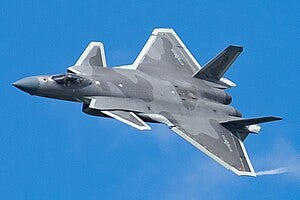
Turkey’s removal from the F-35 Program:
In 2019, Washington kicked Ankara out of the program after the latter received the first set of parts of the S-400 Air Defense System from Moscow in 2019. The belief was that the S-400 was a Russian intelligence collection platform and by deploying this system, Ankara had compromised the F-35’s stealth capabilities. Washington also imposed CAATSA sanctions on Ankara. All of this happened under Trump’s first administration, and selling the F-35 to India will not be taken well by Ankara (or by other friendly countries). What makes this worse is that Turkey is a NATO member while India is not a part of any of Washington’s Alliances, with its foreign policy firmly rooted in Autonomy and Non-alignment.
New Delhi is far more invested in the S-400 system than Ankara ever was. If Washington’s suspicion on the S-400 being a tool for intelligence collection is true, then India’s skies will essentially become Moscow’s playground for intelligence collection. All the advantages that the USA gained by bogging Russia down in Ukraine will be lost.
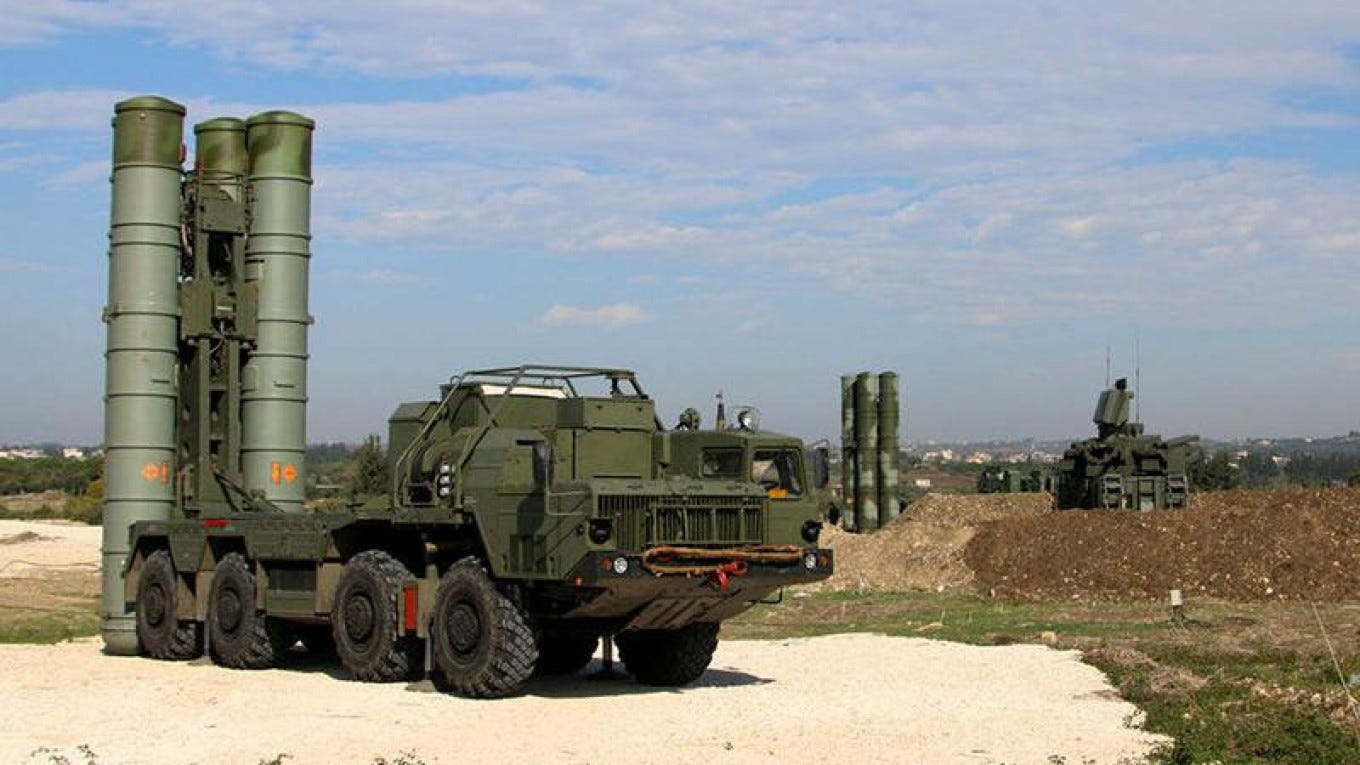
Incongruencies with India’s existing equipment inventory:
About 66% of New Delhi’s military equipment has roots in the Soviet Union and in Russia. This includes anti Air guns, rifles, artillery, martars, warships, fighters, transporters, radars, warships, and even an aircraft carrier, the INS Vikramaditya. About 318 of its fighter jets and 15 of its attack helicopters, distributed between the Sukhoi Su-30 and the MiG-29, are of Russian origin, as are another 40-odd MiG 21s that are on the verge of retirement. 40 MiG-29s and Kamov helicopters are operated by the Indian Navy. An additional 120 transport aircraft, 6 tanker aircraft, and 5 EWAC (early warning and control) system aircraft are in operation by the IAF. The F-35 will have to work side-by-side with these aircraft. Integrating the F-35 with this fleet with the existing IAF Fleet will be prohibitively expensive, not to mention whether it is even technically feasible. The other major component in the IAF is French aircraft, numbering about 86 (50 Mirage 2000s and 36 Rafales), which should be far easier to integrate. There are about 40 LCA Tejas as well, but the Air Force is not very happy with these aircraft, as expressed by IAF chief Air Chief Marshal Amar Preet Singh.
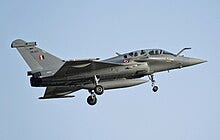
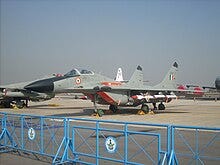
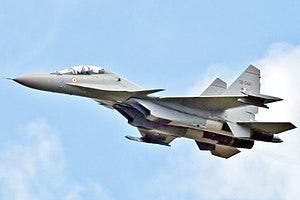
Costs:
Over a lifetime of 40 years, 100 F-35 aircraft will cost about USD 80 Billion. This includes flight operations costs, spare parts, and maintenance. The costs of integrating the aircraft with the rest of the Air Force equipment will be similarly high. There is also the fact that India needs much more than 114 aircraft to meet the 42 squadron requirement. That in itself might be lacking, and the IAF might revise the figure to more squadrons. This is because the main adversary, China, has been producing more and more fighters to field against any adversary in case of conflict. The PLAAF has close to 3000 fighters today, while the IAF has only about 600. The only advantage India has here is geography.
Stealth does not mean complete invisibility, but rather, minimization of the chances of being detected. Each flying object has a certain Radar cross section. Stealth aircraft minimize this cross section. Similarly, World War 2 era radars, which use very long wavelength radio waves, can detect all stealth aircraft, but are unable to guide missiles to the target. They only give a general indication of where the aircraft might be. X-Band Radars are used for precision tracking. Stealth aircraft are meant to be less detectable to these radars.
The use-case of the F-35:
The F-35 is not meant for air-to-air combat. It uses Beyond-Visual Range weapons, a capability it has that is unmatched. It can detect enemy aircraft and fire missiles, and turn around well before the enemy knows what is going on.
The edge that the F-35 gains is because of its computing power and its networking capabilities with other aircraft around it. However, if surrounded by Russian fighter aircraft, even friendlies, it may not work so well.
As stated earlier, India can spend the money required for the F-35 more effectively in other projects. It is better to make capex on other platforms. The IAF has lost its confidence in the LCA Tejas and HAL, as evidenced by the comments of the Air Chief Marshal Amar Preet Singh. The project needs to be handed over to the private sector, where people will actually be held accountable. Accountability is non-existent in HAL and the DRDO, and they can keep getting away with pulling off nonsense like this. Investments in the MQ-9 Reaper Drone will also yield much better results. It is also more feasible to buy large numbers of Twin-engined Rafales (about 100) and single-engined F-21s (400-500), which is a modified version of the F-16 specifically for the needs of the IAF. By ordering large numbers of these two aircraft, India can also negotiate a transfer-of-technology deal - something that is not on the table with the F-35. At least a part of the capex on these platforms will then be reinvested into Indian Industries, and complete some goals of the Make in India Initiative.
Source Codes:
As mentioned above, The F-35 has a very complex bunch of electronics and sensors, information collection, and nework capabilites. Its situational awareness and sensor fusion relies on complex software owned by Lockheed Martin. Whether they share the source code with India is anyone’s guess. This can also be weaponized by the USA and used to spy on India. This is at odds with India’s policy of strategic autonomy. All arms acquisitions so far have come without any strings attached.
Problems with Russia’s Su-57 offer:
Russia also offered India its own Fifth Generation Aircraft, the Sukhoi Su-57. This is an even worse proposition for India, given that its capabilities are unproven. The aircraft saw no combat in the Russian invasion of Ukraine. Russian Ground Forces have been fighting in Ukraine largely without air cover, which speaks a lot about the state of the fighter aircraft of the Russian Air Force. This is not how wars should be fought by an alleged superpower. If the F-35 is a bad deal, the Su-57 is an even worse deal for the IAF. India had invested in the project in its early stages but was not happy with the quality. The IAF found multiple shortfalls with the airframe, and the Indian version of the aircraft was nowhere near the horizon. This is why India left the program. Even today, it would be wiser to buy another 400 MiG-29s or 250 Sukhoi Su-30s. Or even 600 LCA Tejas aircraft, with heavy involvement from the private sector. In spite of the comments of the Air Marshal, he also stated that he was open to indigenous systems, provided there were tangible results. Delays in aircraft production have forced the IAF to continue maintaining older aircraft which are more dangerous to fly. Buying any Russian Fighter Aircraft, whether the Su-57 or the under development Su-75, will be a really, really foolish decision given the horrendous state of the Russian Air Force. It is important to reiterate that Russian Ground Forces are fighting in Ukraine WITHOUT any air cover, which is not how an alleged superpower goes about warfare.
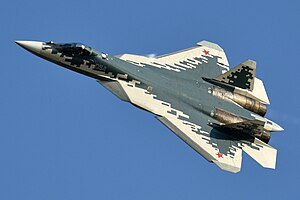
Alternatives to the F-35:
Investing in the F-35 is not the most effective utilization of the IAF’s resources. One thing that every concerned party is clear on, is that things cannot continue the way that they have been going. But not everything is gloomy. There are several alternatives to the F-35 for India’s particular use-case. This also includes India’s desires to make at least a part of the aircraft domestically.
India can get a license to produce large numbers of the MQ-9 drone. Licenses for its engine, which is also the same as the Dornier 228 aircraft made by HAL, can also be obtained. Lessons from this engine (and the drone) might help India fix issues with its indigenous drone and engine programs.
Another Option is to sign contracts for over twin-engined 100 Rafales and 400-500 single-engine fighters. These can be either the F-21 (The Indian-specific version of the F-16), the Saab J-39 Gripen, or the KAI FA-50. The large volumes will elucidate good interest, and can be used to negotiate local production.
Yet another option, although this is controversial, and is more of an alternative to the Su-57, is ordering 250 more Sukhoi Su-30s or 350 MiG-29s. This is a risky option, given the poor state of the Russian Air Force, especially in Ukraine, where Russian Ground Forces have been fighting without air cover. This is not the way an alleged superpower conducts war. A point in favour of the MiG-29 is that they have been used by NATO Members of the former Warsaw Pact, and hence can probably be made interoperable with Western Platforms.
The Air Chief Marshal was quite blunt about the LCA in public, and what he might have to say about the aircraft in private may be far more nasty. However, he is still open to indigenous platforms.What this translates into is cracking the whip on HAL over the Tejas, and handing over the project to another team of scientists or the private sector. India’s Private Arms Manufacturing has created some genuine wonders, like BharatForge’s howitzers, SSS Defence’s Rifles, and Mahindra’s Armoured Carriers. Even the BrahMos and Agni Missiles, developed/co-developed by the DRDO, are excellent products. Private sector involvement might end up creating a fighter that is actually airworthy. This is a prerequisite for any further orders for the LCA Tejas, AND for the future AMCA, which can address core issues in the Tejas such as size. If, and only IF the LCA Tejas can be fixed, at least 600-700 aircraft need to be ordered and delivered by 2032. This must be complemented by 350 AMCA delivered between 2032 and 2040, replacing the Sukhoi 30 and MiG 29 platforms eventually.
All of these numbers are subject to change based on variations in the capabilities of the two biggest threats to India. No plan survives first contact with the enemy. But this does not justify any purchases of the F-35, not at this stage at least. It may cost India its autonomy.



